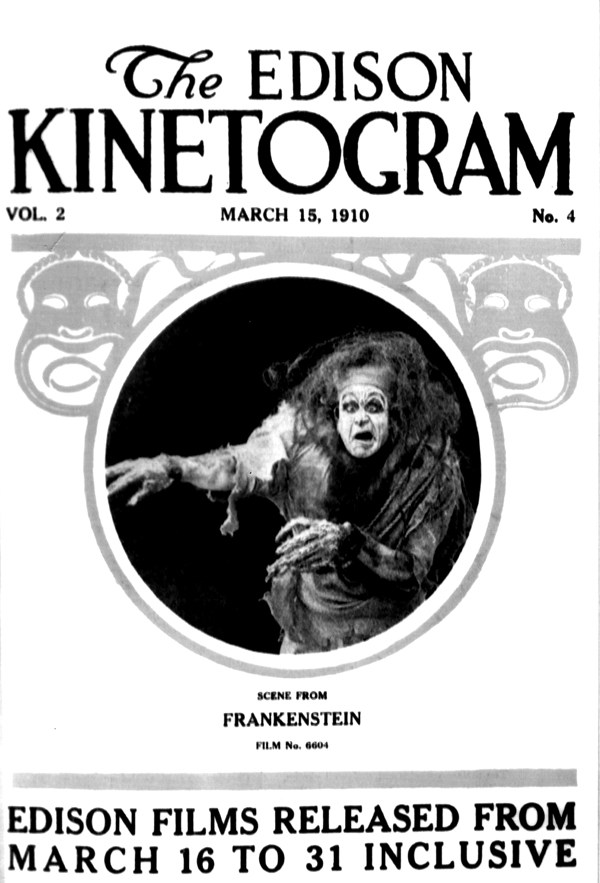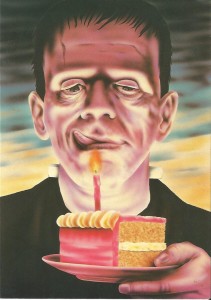 If you’re a fan of classic monsters like Dracula, the Wolfman, and Frankenstein’s Monster, then you’re probably aware that 2018 is the 200th anniversary of Mary Shelley’s iconic novel Frankenstein, or the Modern Prometheus, first unleashed on the public in January 1818.
If you’re a fan of classic monsters like Dracula, the Wolfman, and Frankenstein’s Monster, then you’re probably aware that 2018 is the 200th anniversary of Mary Shelley’s iconic novel Frankenstein, or the Modern Prometheus, first unleashed on the public in January 1818.
With that in mind, the timing couldn’t be better for the U.S. Library of Congress to make available a restored print of world-famous inventor Thomas Edison’s 1910 silent-movie adaptation—the first time Frankenstein’s Monster stalked the silver screen!
Frankenstein was a self-described “liberal adaptation of Mrs. Shelley’s famous story” by writer/director J. Searle Dawley that was produced by Edison and starred Augustus Phillips as Frankenstein (no first name of Victor given; he even signs a love letter “Frankenstein”!); Mary Fuller as his bride-to-be Elizabeth; and Charles Ogle as the monster. It runs just over 13 minutes but packs in a lot of melodrama—and scenery chewing—in that short time. (Well, overacting was a staple of silent movies.)
It’s also surprisingly gruesome in one scene. Although Frankenstein doesn’t dig up graves and sew corpses together but instead uses chemical magic to “grow” his monster in cauldron-like pot—one of those liberties taken by Dawley in his screenplay—the transformation of the creature from smoking chemical vapors to full-size horror involves a stage when it bubbles up into a gore-covered skeleton whose twitchy right hand seems to be grasping for the audience—I’m sure it scared the crap out of moviegoers back in the day!
Do yourself a favor and check it out!

 Can you believe it? It was 200 years ago this very day in 1818 that a small-press publishing company in London, Lackington, Hughes, Harding, Mavor, & Jones, unleashed a literary monsterpiece upon the world: Mary Shelley’s
Can you believe it? It was 200 years ago this very day in 1818 that a small-press publishing company in London, Lackington, Hughes, Harding, Mavor, & Jones, unleashed a literary monsterpiece upon the world: Mary Shelley’s